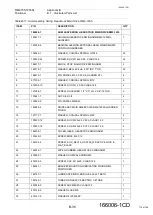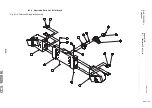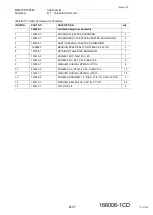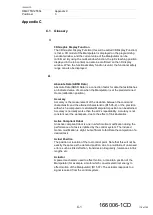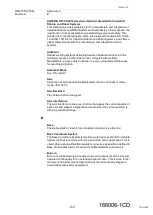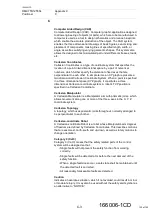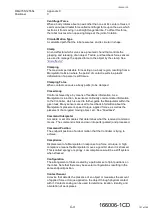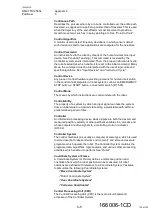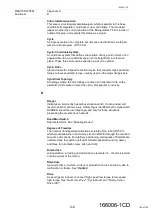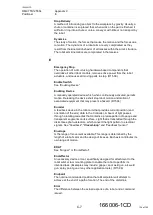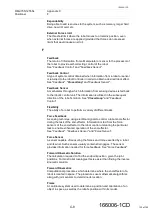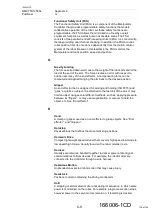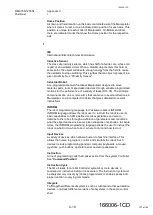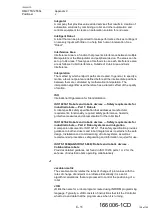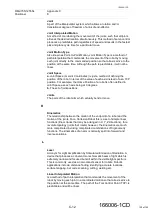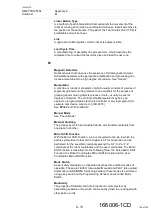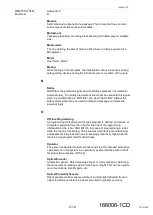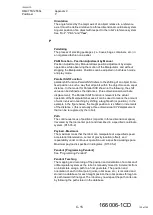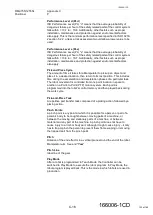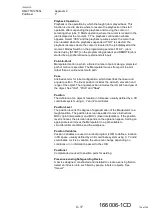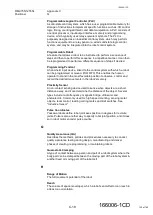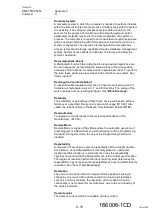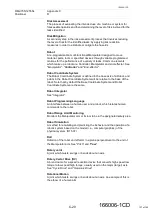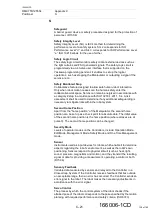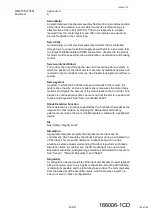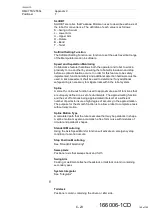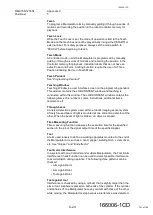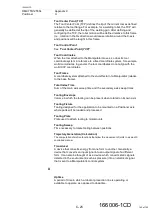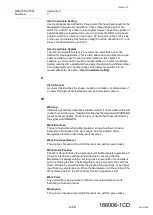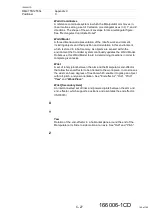
C-12
166006-1CD
166006-1CD
Appendix C
K
RM2-755/1255SL
Positioner
Joint
A part of the Manipulator system, which allows a rotation and/or
translational degree of freedom of a link of end-effector.
Joint Interpolated Motion
A method of coordinating the movement of the joints, such that all joints
arrive at the desired location simultaneously. This method of servo control
produces a predictable path regardless of speed and results in the fastest
pick and place cycle time for a particular move.
Joint Motion Type
Also known as Point-to-Point Motion, Joint Motion Type is a method of
path interpolation that commands the movement of the robot by moving
each joint directly to the commanded position so that all axis arrive to the
position at the same time. Although the path is predictable, it will not be
linear.
Joint Space
a.
Joint Space (or Joint Coordinates) is just a method of defining the
position of the robot in terms of the value of each axis instead of as a TCP
position. For example, the Home Position of a robot is often defined in
Joint Space as each axis being at 0 degrees.
b.
The set of joint positions.
Joints
The parts of the robot arm which actually bend or move.
K
Kinematics
The relationship between the motion of the endpoint of a robot and the
motion of the joints. For a Cartesian Robot this is a set of simple linear
functions (linear tracks that may be arranged in X, Y, Z directions), for a
revolute topology (joints that rotate) however, the kinematics are much
more complicated involving complicated combinations of trigonometry
functions. The kinematics of an arm is normally split into forward and
inverse solutions.
L
Laser
Acronym for Light Amplification by Stimulated Emission of Radiation. A
device that produces a coherent monochromatic beam of light which is
extremely narrow and focused but still within the visible light spectrum.
This is commonly used as a non-contact sensor for robots. Robotic
applications include: distance finding, identifying accurate locations,
surface mapping, bar code scanning, cutting, welding etc.
Linear Interpolated Motion
Is a method of path interpolation that commands the movement of the
robot by moving each joint in a coordinated motion so that all axis arrive to
the position at the same time. The path of the Tool Control Point (TCP) is
predictable and will be linear.
129 of 145

